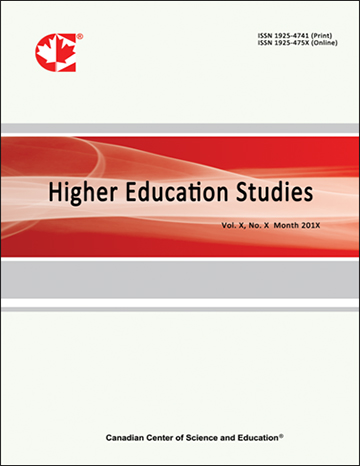The Learning of Chinese Idiomatic Expressions as a Foreign Language
- Li Liu
- Jiayi Yao
Abstract
Chinese idioms are mostly four-character phrases and are called Quadra-syllabic Idiomatic Expressions (QIEs). It has long been reported that learning of Chinese QIEs poses a great challenge for both young L1 speakers and adult L2 learners as the condensed form is often associated with complicated figurative meanings. The present study explored the factors that influence the learning of Chinese QIEs as a Foreign Language (FL). The results of a comprehension test and a questionnaire showed that semantically transparent QIEs were understood much better than opaque ones; being structurally symmetric also facilitated QIE understanding, but with limited effect. Language transfer was another factor to consider especially when the learners were from mixed nationalities. The results were then compared with those reported in the Native Language (NL) QIE learning and were further discussed in terms of the pedagogical implications for the learning of QIEs in FL teaching.
- Full Text:
 PDF
PDF
- DOI:10.5539/hes.v7n2p27
Index
- AcademicKeys
- CNKI Scholar
- Education Resources Information Center (ERIC)
- Elektronische Zeitschriftenbibliothek (EZB)
- EuroPub Database
- Excellence in Research for Australia (ERA)
- Google Scholar
- InfoBase
- JournalSeek
- Mendeley
- Open Access Journals Search Engine(OAJSE)
- Open policy finder
- Scilit
- Ulrich's
- WorldCat
Contact
- Sherry LinEditorial Assistant
- hes@ccsenet.org
